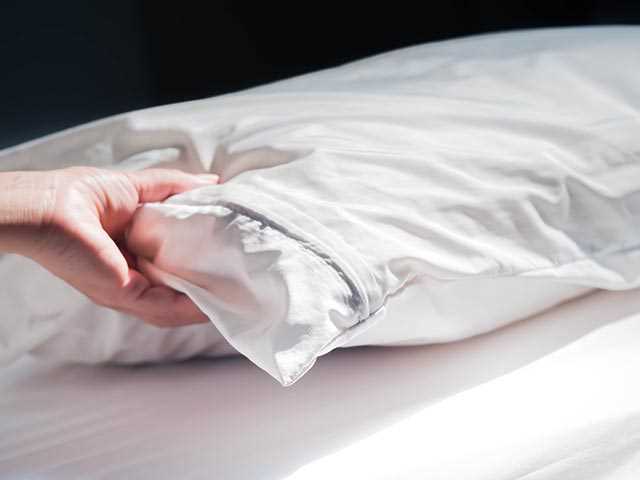Healthy And Restful Sleep – The Right Mattress For Every Type Of Sleep

Not only people who suffer from chronic back problems or sleep disorders should choose their mattress carefully. If you choose a mattress that is cheap, you are saving money at the wrong end in the long run.
But choosing the right mattress is almost a science in itself. There are numerous models and materials that offer different properties and advantages.
If you want to be on the safe side, it is best to get advice from a professional and try out different models and degrees of firmness directly in a specialist shop.
After all, your body knows best how to make your bed in a comfortable and restful way. In this article, we present the most important aspects of choosing the right mattress for you.
The ideal mattress for dreamlike nights Step
Recognize your sleep type It actually sounds logical: If you want to find the right mattress, the first thing you need to know is how to lie most comfortably.
Ideally, a good mattress should support your natural sleeping position and optimally relieve your back in the chosen position.
- Sleep type One: The side sleeper Almost 60 percent of all people are side sleepers. This means that they spend a large part of their sleep lying on their side.
The side sleeper position is a particularly natural sleeping position because it provides the best possible relief for the back and spine during sleep. Side-sleepers therefore often have fewer back problems.
However, side sleepers need a mattress that is not too hard, so that the head and shoulders can sink comfortably into the mattress. This prevents the spine from being bent unnaturally when lying down.
The slatted frame should also be as flexible as possible for side sleepers so that it adapts optimally to the mattress deformed by the lying position.
Mattresses that are too soft, on the other hand, cause the trunk to sink in too far when sleeping, so that the spine is unnaturally deformed. A mattress of medium hardness is particularly suitable for side sleepers.
- Sleep type Two: The back sleeper Only about 20 percent of all people sleep on their back. Choosing the right mattress is particularly important for back sleepers, as they usually change their sleeping position only very rarely during the night and thus expose their backs to a constant load.
The right mattress for a back sleeper has a variable degree of firmness and allows the body’s pressure points to sink in optimally at different points. This allows the spine to remain as straight as possible when lying down and does not bend unnaturally.
The slatted frame for back sleepers should have additional reinforcement in the buttocks area to prevent the pelvis from being bent too much.

The middle zone of the slatted frame should also have additional reinforcement so that the spine of the back sleeper is optimally supported.
- Sleep type Three: The belly sleeper Not even 15 percent of all people prefer to sleep on their stomach. In this position a comfortable positioning of the arms is not easy to achieve.
Most belly sleepers stretch their arms out to the side while sleeping or position them under the head or under the body. Overall, belly sleepers sleep rather restlessly and change their position very often during the night.
They therefore need a mattress that is able to follow these movements optimally at all times. If a comfortable mattress for back pain sufferers is too soft it will be less suitable for belly sleepers, as the middle of the body bends strongly on a soft base and the spine is therefore under a lot of strain.
This can quickly lead to back problems, especially in the lumbar region. In contrast, a point-elastic mattress relieves the spine with every movement.
The slatted frame of a belly sleeper should also have a reinforcement in the middle, which forms a so-called belly sleeper bridge and prevents the pelvis from lowering too much during sleep, resulting in a hollow back.
Step Two: Choose your degree of firmness When describing the different types of sleep, the importance of a mattress’s degree of firmness for healthy sleep was already alluded to.
If you go to a specialist retailer in search of the right mattress, you will quickly come across the question of the desired degree of firmness. Basically there are three degrees of hardness to choose from, with hardness grade H1 being the softest and H3 the hardest.
Step Three: Choose your type of mattress Choosing your type of mattress is just as important for healthy sleep as choosing the right degree of hardness. The mattress type refers to the material used and the workmanship.
There are four basic mattress types:
- The spring mattress
- The latex mattress
- The foam mattress
- The natural mattress

